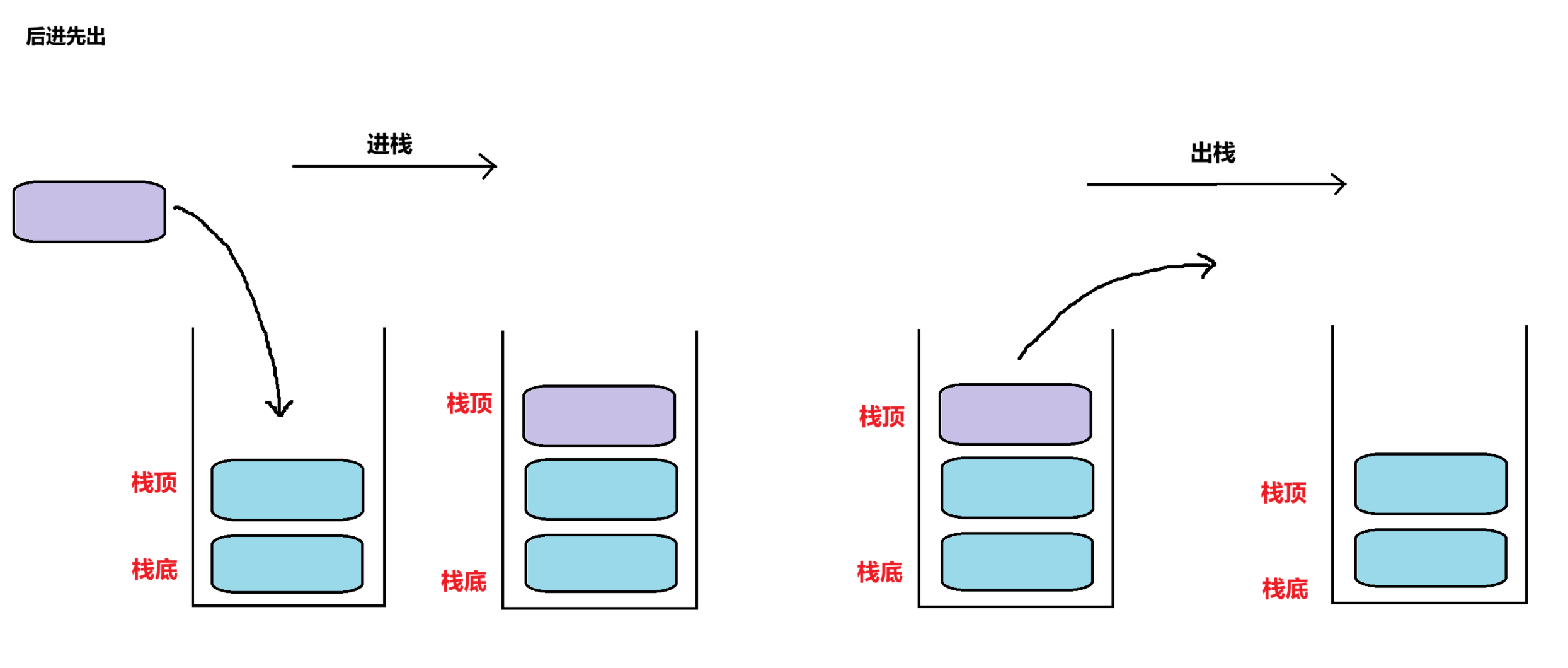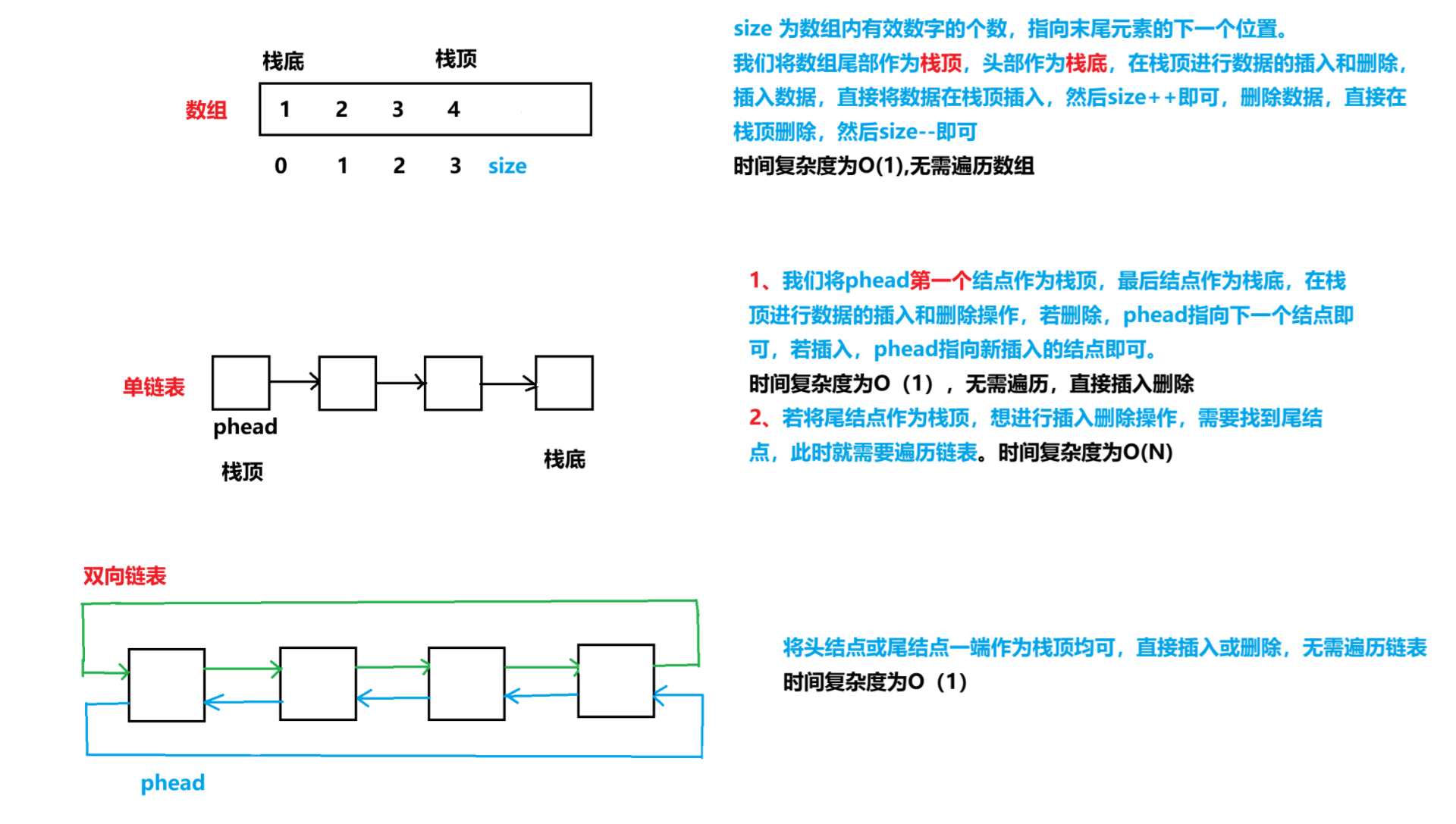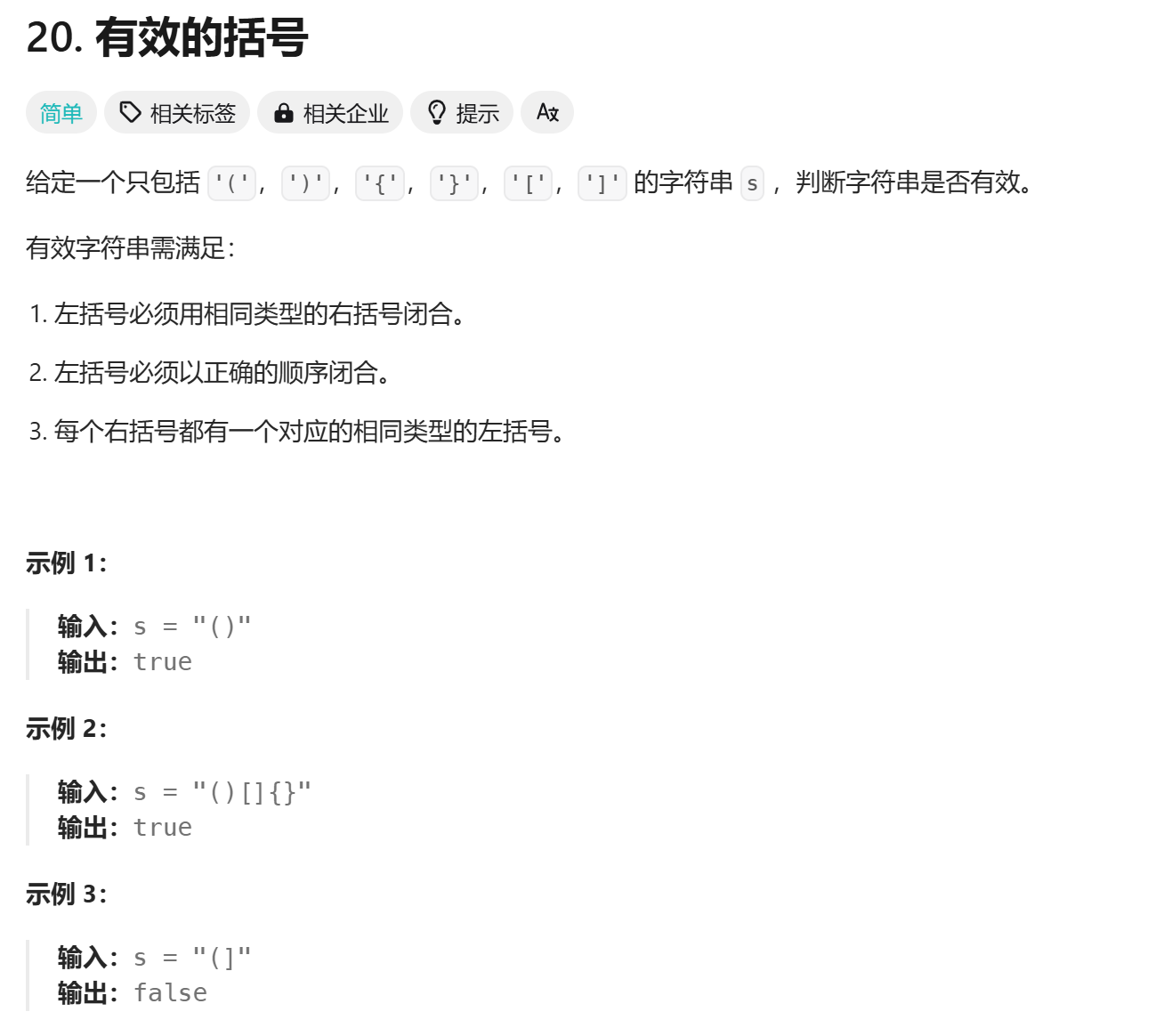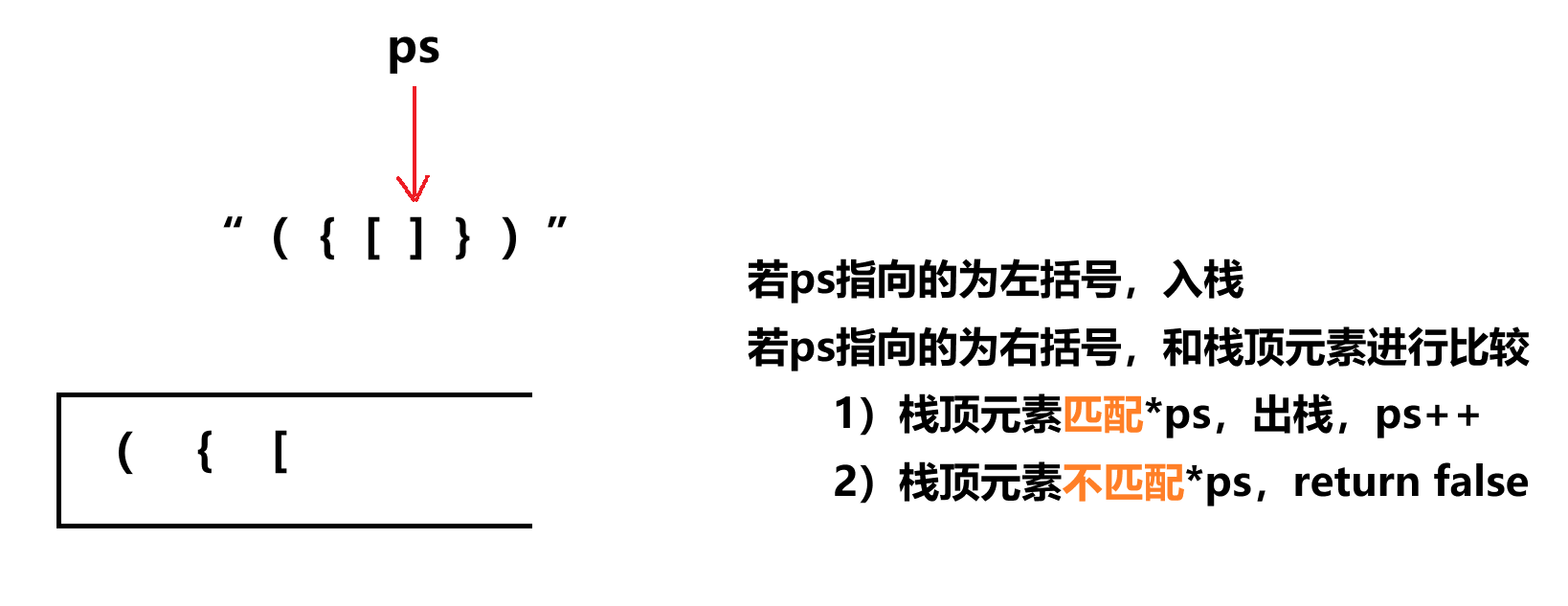阅读量:0
hello,又见面了!

目录
正文开始——
1. 栈的概念与结构
栈:一种特殊的线性表,其只允许在固定的一端进行插入和删除元素操作。进行数据插入和删除操作的一端称为栈顶,另一端称为栈底。栈中的数据元素遵守先进后出的原则。
压栈:栈的插入操作叫做进栈/压栈/入栈,入数据在栈顶。
出栈:栈的删除操作叫出栈,出数据也在栈顶。
【图解】

栈的底层结构

内存比较:双向链表比单链表多了一种指针,内存占用就相对多一些;数组和单链表,数组每次都以2倍大小增容,正因如此,无需多次增容,而单链表每次增加数据都要申请空间,删除数据要释放空间,较为繁琐。
栈的实现一般可以使用数组或者链表实现,相对而言数组的结构实现更好一些,因为数组在尾插数据时代价更小。
2、栈的实现
栈里的数据不能被遍历,不能被随机访问。每次取数据只能取栈顶数据
Stack.h
#pragma once #include<stdio.h> #include<assert.h> #include<stdlib.h> #include<stdbool.h> //定义栈的结构 typedef int STDataType; typedef struct Stack { STDataType* arr; int capacity; //栈的容量 int top; //栈顶 }ST; //初始化 void STInit(ST* ps); //销毁 void STDestroy(ST* ps); //入数据 void StackPush(ST* ps, STDataType x); //出数据 void StackPop(ST* st); //取栈顶元素 STDataType StackTop(ST* ps); //判空 bool StackEmpty(ST* ps); //获取栈中有效的数据个数 int STsize(ST* ps); Stack.c
#define _CRT_SECURE_NO_WARNINGS 1 #include"Stack.h" //初始化 void STInit(ST* ps) { assert(ps); ps->arr = NULL; ps->capacity = ps->top = 0; //此时栈为空,栈顶=栈底 } //销毁 void STDestroy(ST* ps) { assert(ps); if (ps->arr) { free(ps->arr); } ps->arr = NULL; ps->capacity = ps->top = 0; } //入数据 void StackPush(ST* ps, STDataType x) { assert(ps); //判断空间是否足够 if (ps->capacity == ps->top) { //申请空间 int newCapacity = ps->capacity == 0 ? 4 : 2 * ps->capacity; STDataType* tmp = (STDataType*)realloc(ps->arr, newCapacity * sizeof(STDataType)); if (tmp == NULL) { perror("realloc file!"); exit(1); } ps->arr = tmp; ps->capacity = newCapacity; } //空间足够 ps->arr[ps->top++] = x; } //出数据 void StackPop(ST* ps) { assert(ps); assert(!StackEmpty(ps)); ps->top--; } //判空 bool StackEmpty(ST* ps) { assert(ps); return ps->top == 0; } //取栈顶元素 STDataType StackTop(ST* ps) { assert(ps); assert(!StackEmpty(ps)); return ps->arr[ps->top - 1]; } //获取栈中有效的数据个数 int STsize(ST* ps) { assert(ps); return ps->top; } test.c
#define _CRT_SECURE_NO_WARNINGS 1 #include"Stack.h" void STTest() { ST st; STInit(&st); StackPush(&st,1); StackPush(&st,2); StackPush(&st,3); StackPush(&st,4); StackPush(&st,5); printf("size:%d\n", STsize(&st)); /*StackPop(&st);*/ //循环出栈,直到栈为空 while (!StackEmpty(&st)) { STDataType data = StackTop(&st); printf("%d ", data); //出栈 StackPop(&st); } printf("size:%d\n", STsize(&st)); STDestroy(&st); } int main() { STTest(); return 0; }3、习题

【思路】

//定义栈的结构 typedef char STDataType; typedef struct Stack { STDataType* arr; int capacity; //栈的容量 int top; //栈顶 }ST; //初始化 void STInit(ST* ps) { assert(ps); ps->arr = NULL; ps->capacity = ps->top = 0; //此时栈为空,栈顶=栈底 } //销毁 void STDestroy(ST* ps) { assert(ps); if (ps->arr) { free(ps->arr); } ps->arr = NULL; ps->capacity = ps->top = 0; } //入数据 void StackPush(ST* ps, STDataType x) { assert(ps); //判断空间是否足够 if (ps->capacity == ps->top) { //申请空间 int newCapacity = ps->capacity == 0 ? 4 : 2 * ps->capacity; STDataType* tmp = (STDataType*)realloc(ps->arr, newCapacity * sizeof(STDataType)); if (tmp == NULL) { perror("realloc file!"); exit(1); } ps->arr = tmp; ps->capacity = newCapacity; } //空间足够 ps->arr[ps->top++] = x; } //判空 bool StackEmpty(ST* ps) { assert(ps); return ps->top == 0; } //出数据 void StackPop(ST* ps) { assert(ps); assert(!StackEmpty(ps)); ps->top--; } //取栈顶元素 STDataType StackTop(ST* ps) { assert(ps); assert(!StackEmpty(ps)); return ps->arr[ps->top - 1]; } bool isValid(char* s) { ST st; STInit(&st); char* ps=s; while(*ps!='\0') { //左括号,入栈 if(*ps=='('||*ps=='['||*ps=='{') { StackPush(&st,*ps); } else //右括号,与栈顶元素判断是否匹配,匹配,出栈,不匹配,返回false { if(StackEmpty(&st)) { STDestroy(&st); return false; } char ch=StackTop(&st); if(*ps==')'&&ch=='('||*ps=='}'&&ch=='{'||*ps==']'&&ch=='[') { StackPop(&st); } else { STDestroy(&st); return false; } } ps++; } bool ret=StackEmpty(&st)==true; STDestroy(&st); return ret; }至此,栈,结束——
完——

至此结束——
我是云边有个稻草人
期待与你的下一次相遇 !
